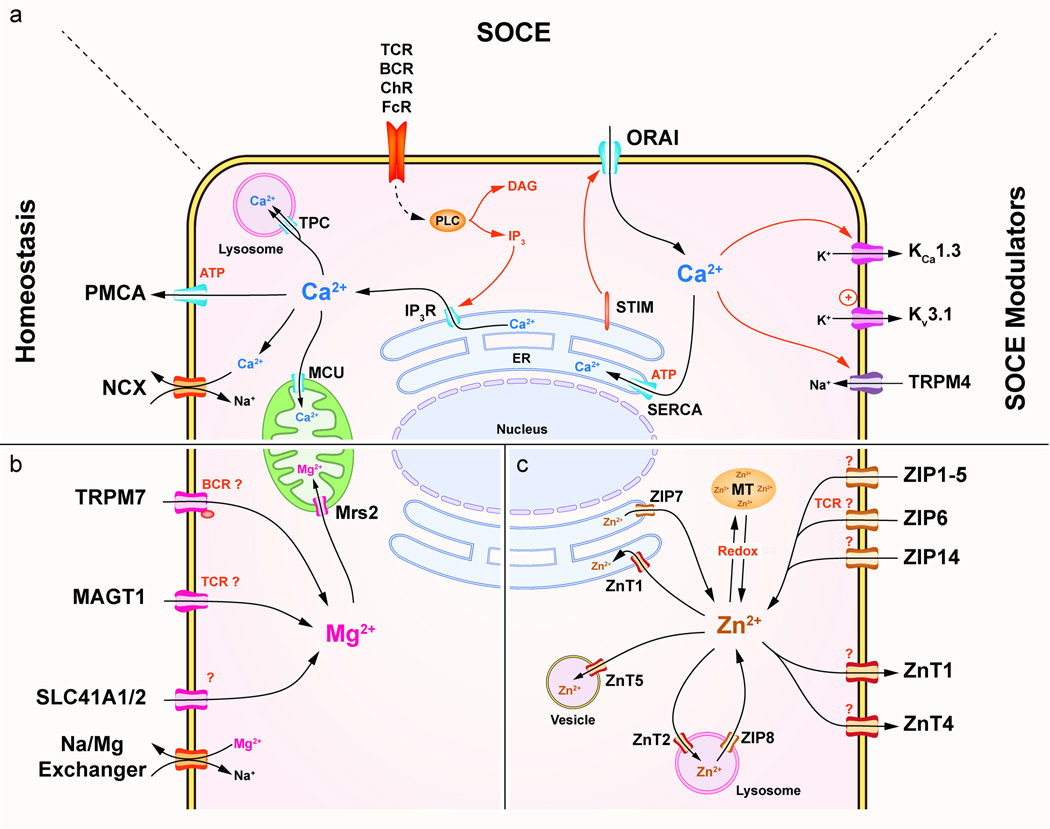Figure 1. Divalent cations transporters.
(a) Ca2+ transport mechanisms in immune cells. Ca2+ homeostasis regulation involves the PMCA, SERCA ATPases as well as the MCU and Na+/Ca2+ exchangers (NCX). SOCE is induced by released of Ca2+ from the ER by the IP3R. STIM senses the store depletion and triggers the opening of the Ca2+ CRAC channel, ORAI. SOCE is modulated by two K+ permeable channels, KCa 1.3 and Kv 3.1 regulated by intracellular Ca2+ and depolarization respectively. These two channels help sustain SOCE generation by inducing hyperpolarization of the cell. Additionally, the Na+ permeable channel TRPM4 is gated by intracellular Ca2+ and reduces the Ca2+ mobilization. (b) Mg2+ transport mechanisms in immune cells. Mg2+ transporters include TRPM7, which have an intracellular Ser/Thr kinase domain, MAGT1, and SLC41A1/2 expressed on the PM and Mrs2 on the inner membrane of the mitochondria. (c) Zn2+ transport mechanisms in immune cells. Zn2+ transporters of the ZnT and ZIP families are expressed in various cellular compartments. Zn2+ homeostasis is completed by MT. Abbreviations: ChR, Chemokine receptor; DAG, Diacylglycerol; FcR, Fc receptor; TPC, Two pore channel.

